The scientific processing of loricariid catfishes with L-numbers is progressing. The confusing variety of forms that some species develop is a problem that is almost impossible to solve, even for ichthyologists, i.e. professional fish experts. In a recent study, a team of scientists looked at two Hypancistrus species from the Rio Xingu, namely L174, which is now called Hypancistrus yudja, and L66, which was named in honor of our well-known and beloved Ingo Seidel.
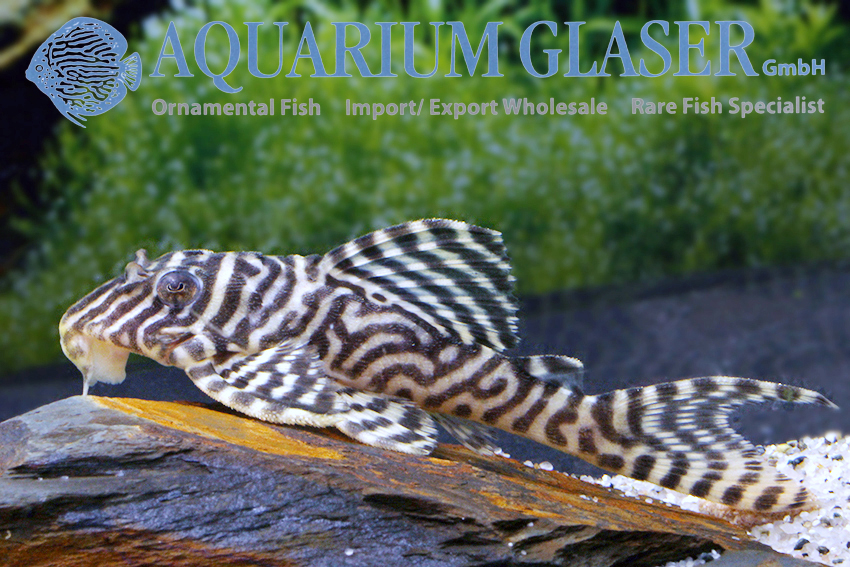
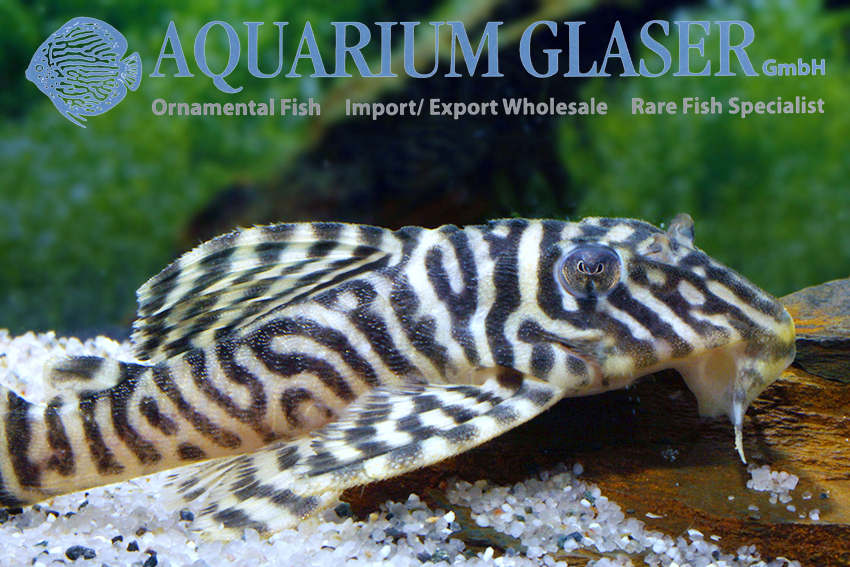
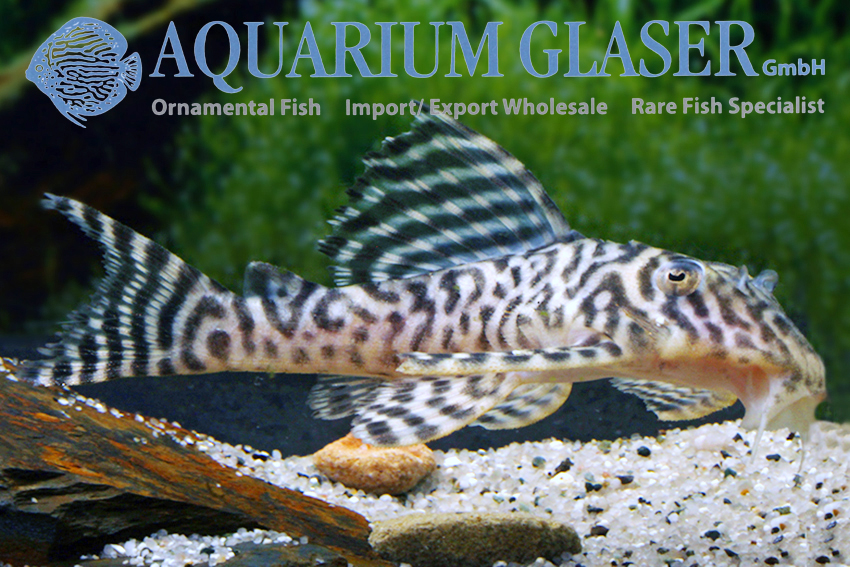
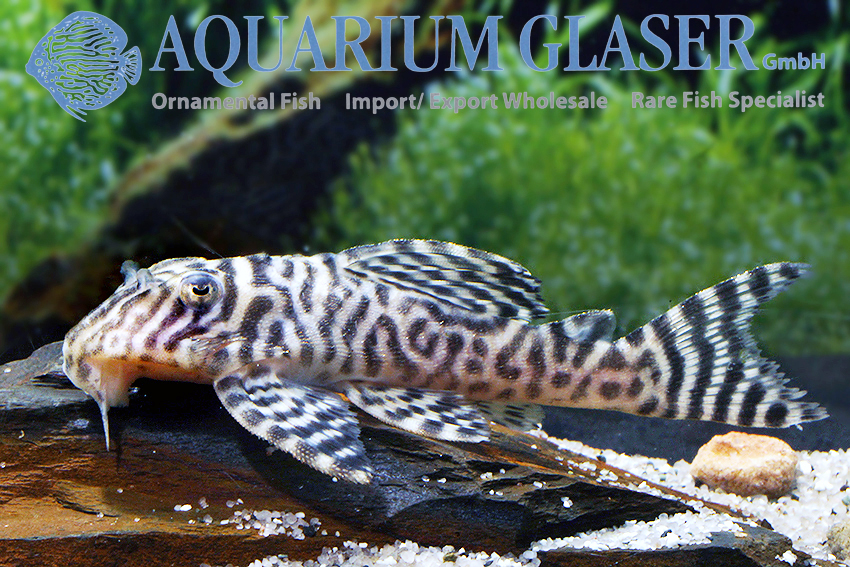
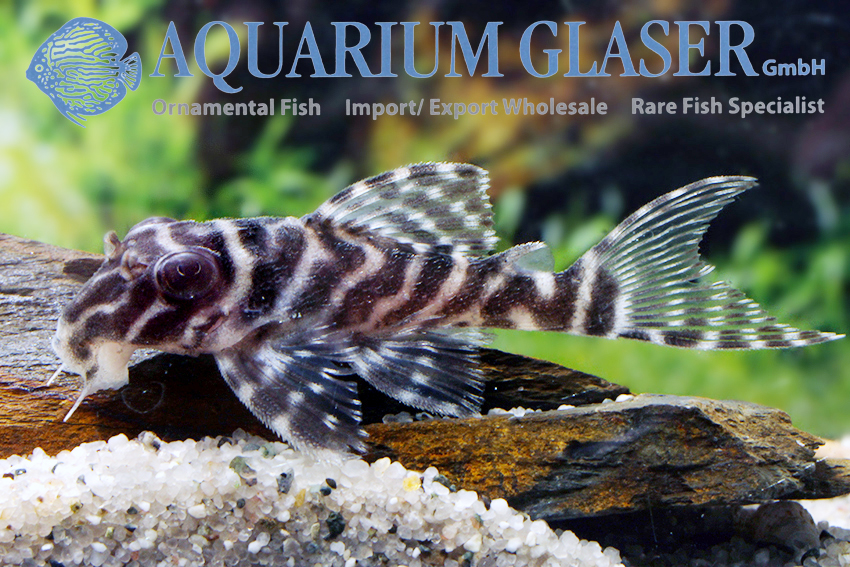
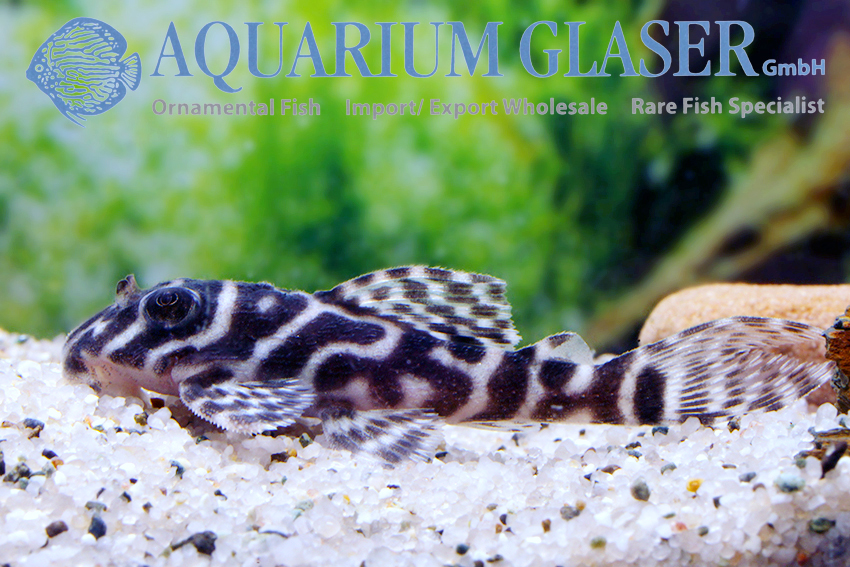
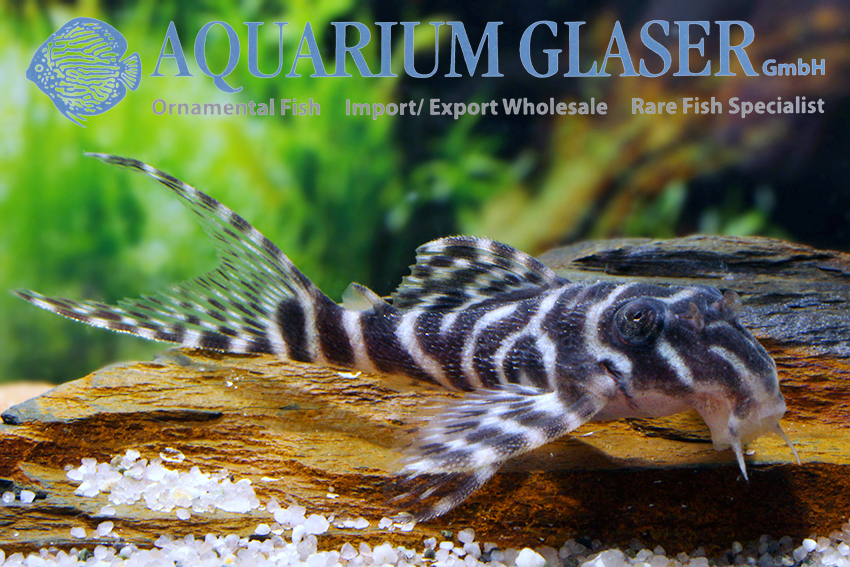
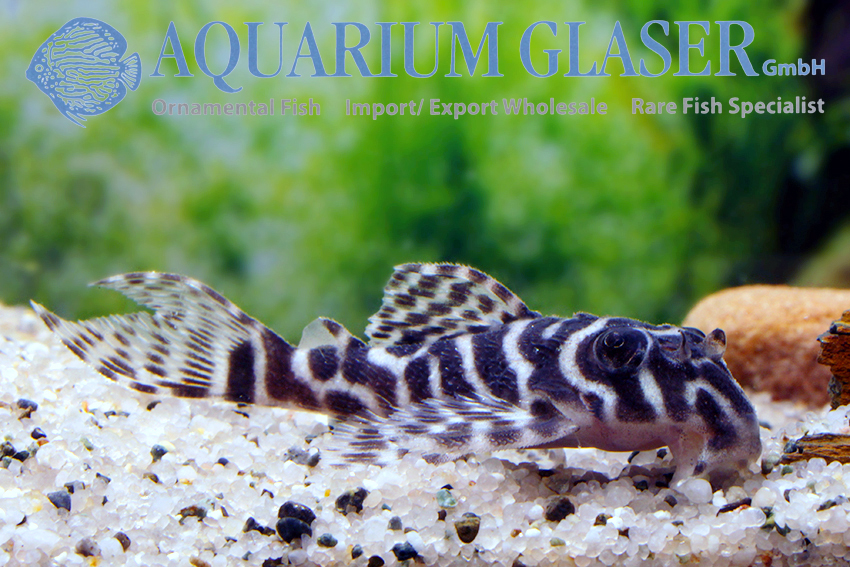
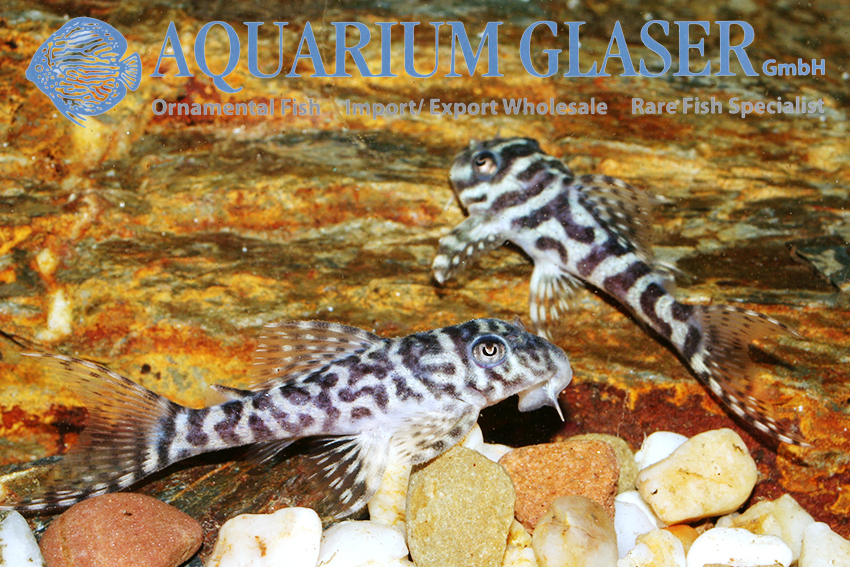
For the species diagnosis of H. seideli, the scientists decided to use the pattern of markings as the most important diagnostic feature. After examining a large number of specimens from the entire distribution area of the animals (in the entire lower Xingu channel from the outermost downstream part of the Volta Grande do Xingu to the confluence with the Rio Amazonas), they came to the conclusion that all variations (L66, L236, L287, L333, l399, L400, LDA69) can be assigned to this one species. This is largely consistent with the observations of aquarium breeders, who have found that the young of a pair of the same phenotype can exhibit a huge variety of patterns. The researchers also note that H. seideli colonizes a wide variety of habitats and is not nearly as specialized as many other Hypancistrus species. Thus, the diversity of patterning and body shapes is probably an outward expression of different habitats and not a species trait.
The good news is: due to its great adaptability and wide distribution, Hypancistrus seideli can currently be classified as “least concern” under species conservation aspects, in contrast to the highly endangered H. yudja (L174), which we will report on separately later.
For our customers: H. seideli has code 26480-L 066- on our stock list. Please note that we only supply the wholesale trade.
Literature:
Sousa, L. M. de, E. B. de Sousa, R. R. de Oliveira, M. H. Sabaj Pérez, J. Zuanon & L. Rapp Py-Daniel (2025): Two new species of Hypancistrus (Siluriformes: Loricariidae) from the rio Xingu, Amazon, Brazil. Neotropical Ichthyology v. 23 (no. 1): e240080: 1-25.
Text & photos: Frank Schäfer




